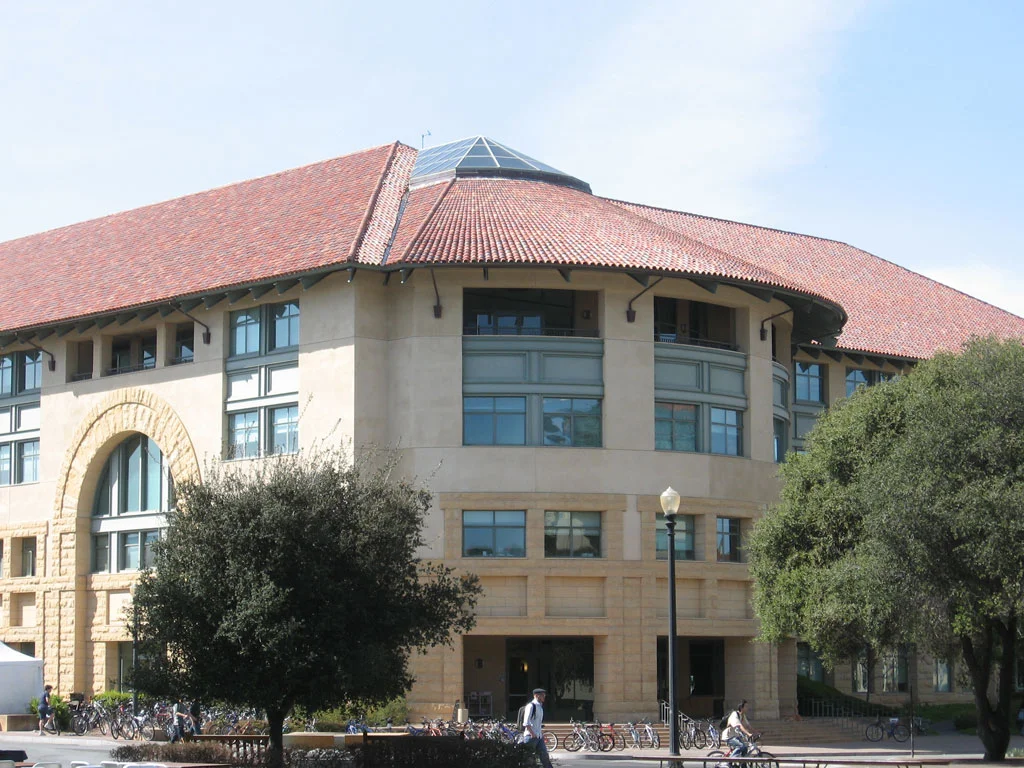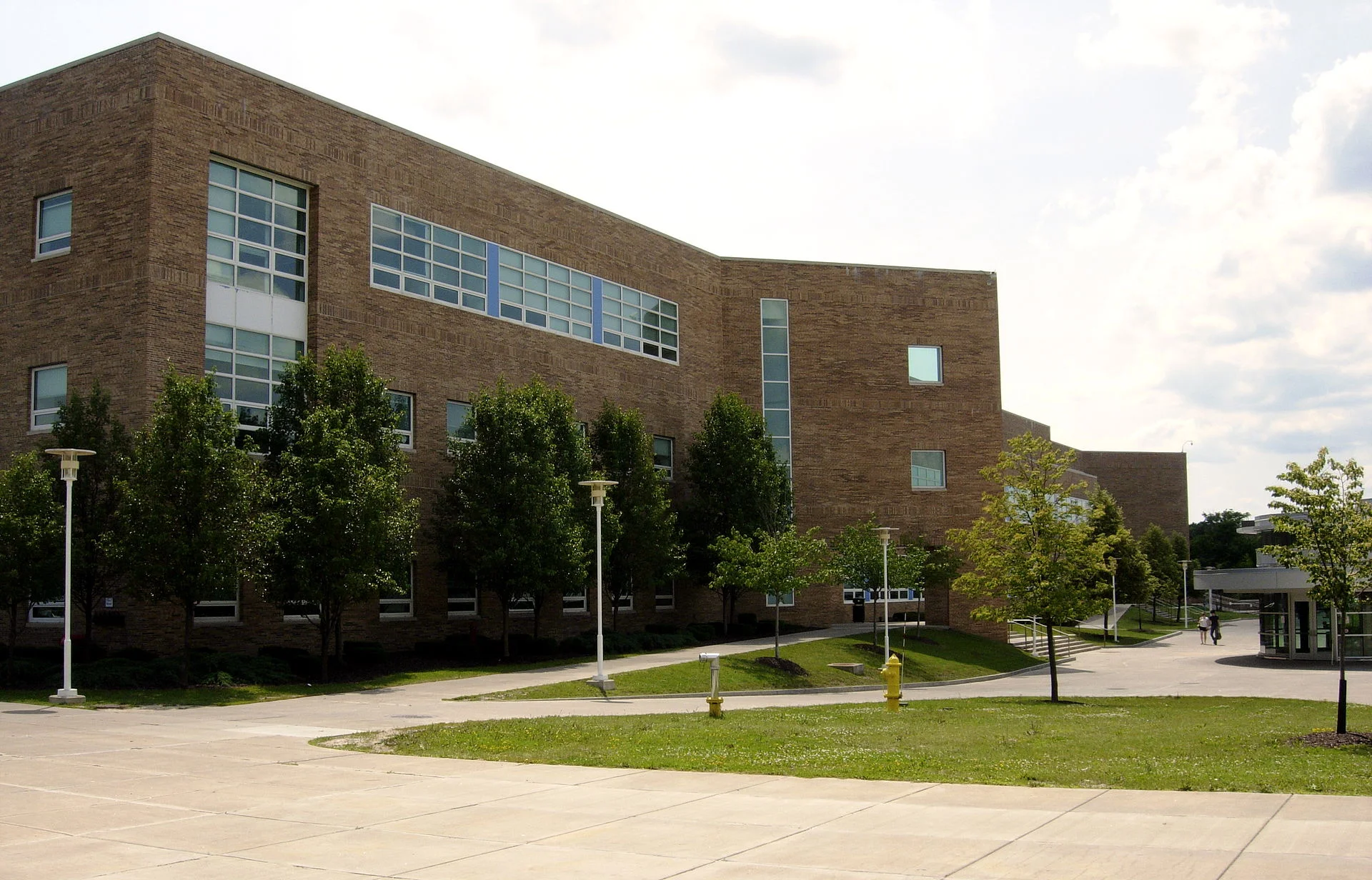The most popular major at Stanford is not biotechnology or communications, but computer science, a major that declined in numbers by 27% between 2005 and 2010: however, today Stanford counts over 220 students in its computer science major (CSBS). Of the Stanford undergraduates not taking the major, 90% will still take computer science courses prior to graduation, despite there being no requirements. Possibly the poor job market, the high pay (even without a graduate degree) for CSBS graduates or the possibility of changing the world by building a revolutionary iPhone app or tech product is driving this trend. In any case, according to a report from the Computing Research Association, enrollment in computer science programs across many universities has risen steadily over the last three years.
The Community College Option
Some students are skeptical about attending community college. They shouldn’t be. The Regents of the University of California report that almost of third of those graduating from the UC System transferred from a community college: this trend will probably become even more pronounced in the years ahead as the UC tuition continues to soar and community college tuition maintains its value.
The Marked Decline of Liberal Arts Colleges and Why
Liberal Arts Colleges and Universities are in crisis. Victor Ferrall Jr, a graduate of Oberlin College (#24 on the US News list of liberal arts colleges), president emeritus of Beloit College (WI) (#60) and author of Liberal Arts at the Brink cites a statistic that in 2000, fewer than 100,000 students, or less than 0.6 percent of all US higher education enrollees graduated from liberal arts colleges.
The Nursing (BSN) Major Considered
Nursing is the third most popular college major, which isn’t a surprise when you consider the profession contains over 2.9 million registered nurses (RNs), who outnumber physicians four to one, and who, on average, earn just under $62,000 annually. That’s a lot of people making a reasonable income in a job that can be personally quite rewarding, though not without its challenges and difficulties.
The Art of the College Decision Letter
College acceptances generate ineffable joy, while rejections melancholy. A good way to come to grips with the inevitable vicissitudes of the admissions process is to take note of this year’s admissions messages: what they say, and most importantly, how they say it. This should remove some of the apprehension and hurt, while keeping in perspective some of the joy of the admissions cycle. Though, in all honesty, rejection is always difficult, no matter what.
What are Liberal Arts Colleges and Why You Might Want to Know?
When US News and World Report ranks ‘liberal arts’ colleges, it lists such schools as Amherst, Williams, Wellesley, or Haverford. Nowhere, however, does it mention what the ‘liberal arts’ are. We’re also left in the dark about why a college might provide such a program, or why a student might seek entry into an institution, usually with a stiff price tag, that offers a liberal arts curriculum. A lot of confusion surrounds the liberal arts.
Retention Rates: A Critical Measure of a College Program
If there were but one factor I could review to determine the effectiveness of a college or university’s program it would certainly not be the US News and World Report Rankings, or the 25 and 75 percentile SAT scores of the incoming class, or even the number of Rhode scholars, or Fulbright scholars it has graduated over the last 10 years. Instead, I’d rather see the school’s retention rate: the number of freshmen students who return for their sophomore year at the same school. Experience tells us that freshman year in college is a massive adjustment. Those schools who can guide their students successfully through freshman year are gems, because a lot of students fail to successfully make the transition in college.
The Common Data Set, a Useful Tool
Do you want to find out how many students transferred to Cornell University last year? Or, how many students received financial aid (institutional and government grants) at Pomona College, and how much each actually got? Or, do you want to find out the real student to faculty ratio at Dartmouth? If you do there are two places to go to answer many of these questions accurately and efficiently: College Navigator is one (and it has been profiled by me often. If you haven’t had a chance, you really need to go to its website and take a look at some of the schools you have under consideration. (http://nces.ed.gov/collegenavigator/). This is one example of our tax dollars well-spent; it’s truly a veritable goldmine of valuable college information.
The other tool of equal utility is the Common Data Set (CDS), and it is in today’s spotlight.
Treading the Pre-Law Path
Just as there is no official ‘pre-med’ major, there is no ‘pre-law’ major. Some schools, such as Northwestern University (NU), however, have Legal Studies as an ‘adjunct major’. Yet, this means it cannot be a sole major; it must be taken in conjunction with another departmental major, which can be anything from history of art to physics.
College Rankings Considered
There might not be enough corn and oil to satisfy demand, but there sure seems to be more than enough college ranking lists available to satisfy just about any taste. The most famous, of course, is the US News and World Report ranking. US News has turned ranking colleges into a major profit center for its magazine, with 2,000,000 subscribers, 9,000 newsstand buyers, and over 20,000 of its college guide book users. If you don’t like US News and World Report’s perspective on admissions competitiveness, then you can always turn to: Barron’s, The College Prowler, Princeton Review, Kiplinger, Ordo Ludus College Ranking (which is Latin for “school ranking”) –you can find a fairly comprehensive listing of the college ranking services in Wikipedia, not only in the US, but worldwide,--by going to http://en.wikipedia.org/wiki/College_and_university_rankings.











